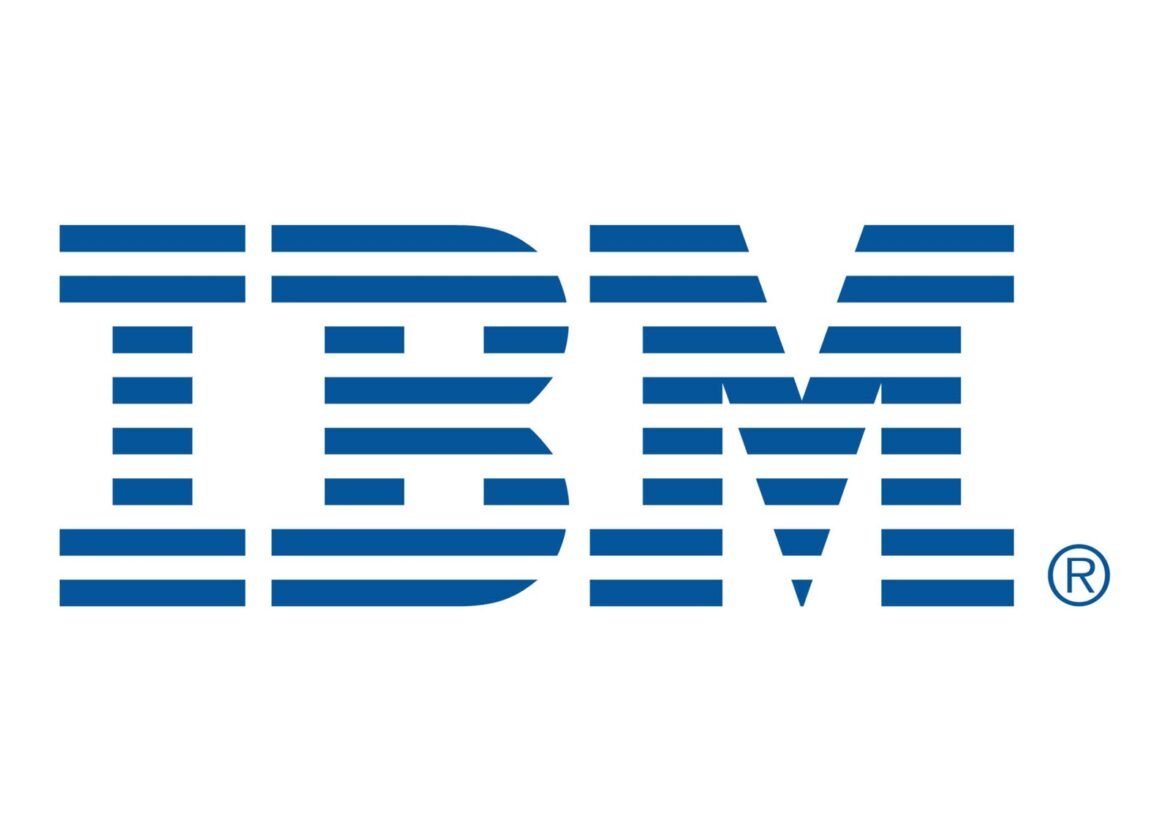IBM Corporation what you need to know
An All-Inclusive Guide to the Shareholders
This article appeals particularly to IBM shareholders whose interests fuse. The firm handles everything from data processing, enterprise computing, and international business machines—IBM simply does best in technological areas. This writing features an account on various aspects of the company such as its foundation, specific significant transformations in IBM’s business model, its strategic perspective, key enterprises, and accounts. It ends by discussing IBM’s position within the global spectrum.
Company Bio
- Company Name: International Business Machines Corp
- Founder: Charles Ranlett Flint, who integrated four different large organizations
- Company Founding Date: June 16, 1911
- Location: Headquarters in Armonk, New York
- Employees: Over 352,600 employees (as of June 2020)
- Abbreviation: IBM
History of IBM
The roots of IBM trace back to its founding as the Computing-Tabulating-Recording Company (CTR) in 1911 through the amalgamation of four companies dealing with time recording devices, scales, and punch card tabulators. In 1924, the name was changed to International Business Machines (IBM), and in the next decades, this name became synonymous with progress and technological development.
IBM was active from the onset of the computer industry’s development. In the 1960s, it created the IBM System/360, a family of mainframe computers that defined computing standards and established IBM’s business supremacy in the enterprise computing sector. Although IBM initially dominated the hardware space, it would later lose its PC business to competitors like Microsoft and Apple.
As early as the 1990s, IBM began transitioning from hardware to more software, services, and consulting. This strategic change was crucial for IBM’s growth in a world moving toward cloud computing and digital services.
The most profound change in IBM occurred in the 2010s when the company began focusing on cloud computing, artificial intelligence (AI), and analytics. Under the leadership of CEOs such as Ginni Rometty (2012-2020) and current CEO Arvind Krishna, IBM has expanded its hybrid cloud and AI offerings, positioning itself as a leader in enterprise technology.
Key Products and Services
IBM’s product portfolio is broad, but its focus is centered on four core areas: cloud computing, artificial intelligence, enterprise software, and business consulting. Below are the most significant products and services that drive IBM’s business:
IBM Cloud
IBM Cloud is the company’s hybrid cloud platform, allowing businesses to deploy applications and manage workloads across both private and public clouds. IBM’s acquisition of Red Hat in 2019 for $34 billion bolstered its cloud capabilities, with Red Hat’s OpenShift serving as a key component of IBM’s hybrid cloud strategy.
Watson AI
Watson, IBM’s AI platform, sets the company apart from competitors. It offers AI-powered solutions for industries such as healthcare, finance, and retail, enabling organizations to sift through vast amounts of data and make informed decisions. Watson’s applications span natural language processing (NLP), machine learning, and predictive analytics.
Enterprise Software
IBM offers a wide range of enterprise software, including data analytics, security, and business process management solutions. Notable software products include IBM Db2 (database management), IBM Cognos (business intelligence), and IBM QRadar (security intelligence).
IBM Consulting (Global Business Services)
IBM’s consulting arm, Global Business Services (GBS), helps companies adopt cloud, AI, and other digital technologies. IBM Consulting guides clients through digital transformation, offering services from strategy development to implementation.
Quantum Computing
IBM is a pioneer in quantum computing. Its IBM Q initiative and the IBM Quantum Experience platform provide cloud-based access to quantum systems, helping industries tackle problems that classical computers cannot solve.
Mainframes and Hardware
Despite its shift to software and services, IBM retains a significant presence in the hardware space, particularly with its mainframes. IBM Z, the company’s latest generation of mainframes, is used by enterprises for secure transaction processing and large-scale database management.
Business Strategy
IBM’s current business strategy focuses on three primary areas: hybrid cloud, AI, and enterprise services. These areas are critical to IBM’s long-term growth and competitiveness in an evolving tech landscape.
Hybrid Cloud Leadership
IBM has positioned itself as a leader in hybrid cloud computing. With the acquisition of Red Hat, IBM offers a flexible hybrid cloud platform, allowing businesses to manage workloads across public, private, and on-premises environments.
AI Integration
IBM’s AI solutions, powered by Watson, help companies automate processes, enhance customer experiences, and gain insights from data. Industries like healthcare and finance, where AI can improve medical research and fraud detection, benefit from IBM’s focus on AI.
Enterprise Services
IBM is heavily investing in its consulting and services business, helping enterprises with their digital transformation. IBM Consulting provides end-to-end services, from strategy formation to practical implementation.
Financial Performance
IBM’s financial performance reflects both growth and challenges due to its ongoing transformation. Below is a snapshot of IBM’s key financial metrics as of 2023:
- Revenue (2023): $60.53 billion
- Net Income (2023): $6.22 billion
- Earnings per Share (EPS) (2023): $7.23
- Dividend Yield (2024): Approximately 4%-5%
- Free Cash Flow: $9.3 billion in 2023
IBM’s strong dividend policy, with a dividend yield of 4%-5%, makes it attractive for income-focused investors. The company’s free cash flow demonstrates its ability to invest in growth while still returning value to shareholders.
Investment Outlook
IBM provides a balanced investment case for value and income-focused investors. The company’s focus on hybrid cloud and AI offers growth potential, while its strong dividend yield makes it appealing for income generation.
Strengths for Investors
- Strong Dividend Yield: IBM’s high dividend yield makes it attractive for income-seeking investors.
- Hybrid Cloud Strategy: IBM’s emphasis on hybrid cloud, supported by the Red Hat acquisition, positions it well in the expanding cloud computing market.
- AI Leadership: Watson AI continues to grow, with significant applications in healthcare and finance.
Challenges to Consider
- Slower Revenue Growth: IBM’s revenue growth has lagged behind competitors like Amazon, Microsoft, and Alphabet, partly due to its reliance on legacy hardware businesses.
- Competitive Market: IBM faces strong competition from Amazon AWS, Microsoft Azure, and Google Cloud in the cloud computing space.
Conclusion on IBM Corporation what you need to know
Over the years, IBM has transformed from a hardware-focused company into a software-driven business centered on cloud services, AI, and enterprise solutions. For investors, IBM offers a combination of reliable dividend income and the potential for growth in its cloud and AI businesses. While IBM faces competition from faster-growing tech companies, its focus on hybrid cloud and AI positions it for future growth, making it an attractive option for value and income investors.



